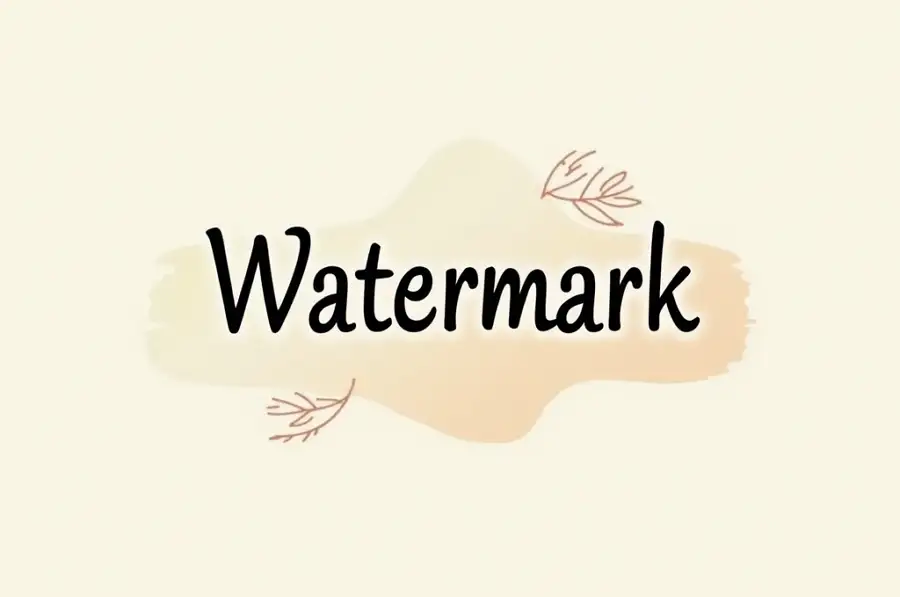Creating a transparent watermark in Canva is a straightforward process that helps protect your intellectual property and adds a professional touch to your designs. Whether you’re a photographer, graphic designer, or content creator, watermarks are essential for maintaining ownership and authenticity of your work. Here’s how you can do it:
Why Create a Transparent Watermark?
A transparent watermark is essential for designers and creators who want to mark their work without distracting from the content. It’s especially useful for digital products, photos, and documents shared online. Canva offers a user-friendly interface to create and apply watermarks easily.
Benefits of Using Canva for Watermarks
Canva provides a variety of tools and templates to create custom watermarks. You can use text, logos, or images and adjust their transparency and positioning to suit your design needs. Additionally, Canva allows you to save your watermark as a PNG file, which supports transparent backgrounds.
Step-by-Step Guide to Creating a Transparent Watermark
Before diving into the steps, it’s important to have a clear idea of what you want your watermark to look like. Consider your brand’s style and how you want to represent it visually. Whether you’re using a logo, text, or a combination of both, ensure it aligns with your overall brand identity. Here are the steps to create a transparent watermark in Canva:
- Open Canva and Create a New Design: Log into Canva and click on “Create a design” to start a new project.
- Add Your Logo or Text: Use the “Text” or “Uploads” feature to add your logo or text for the watermark.
- Customize the Watermark Design: Adjust the font, size, and color of your text or logo.
- Adjust Transparency: Select your watermark and click on the transparency icon (checkerboard icon) in the top toolbar. Adjust the slider to reduce the opacity (typically between 20-50%).
- Position the Watermark: Use the transformation tools to resize and position your watermark.
- Save the Watermark: Click “Share” > “Download” and select PNG format to save your watermark with a transparent background.
- Apply the Watermark to Your Designs: Upload your watermark to Canva and apply it to any image or design.
- Finalize and Download: Adjust the watermark’s transparency and position on your design, then download the final version.
- Reuse Your Watermark: Save your watermark for future use by downloading it as a PNG and reuploading it to Canva when needed.
- Experiment with Different Styles: Try different fonts, colors, and effects to create unique watermarks.
Tips for Effective Watermarks
When it comes to creating effective watermarks, there are a few key considerations to keep in mind. A well-designed watermark should be noticeable enough to protect your work but subtle enough not to detract from the content. Here are some tips to help you achieve this balance:
- Ensure your watermark is legible but not distracting.
- Use a consistent brand identity for your watermarks.
- Experiment with different transparency levels to find the right balance.
Conclusion
Creating a transparent watermark in Canva is a simple yet effective way to protect and brand your work. By following these steps, you can create professional-looking watermarks that enhance your designs without overpowering them.
FAQs
What is the best file format for a transparent watermark?
PNG is the best format for transparent watermarks because it supports transparent backgrounds.
Can I apply the same watermark to multiple designs?
Yes, you can save your watermark as a PNG and reupload it to apply to multiple designs.
How do I adjust the transparency of my watermark?
Use the transparency slider in Canva’s top toolbar to adjust the opacity of your watermark.
Do I need Canva Pro for transparent watermarks?
While Canva Pro offers more features, you can still create transparent watermarks with the free version by downloading as PNG and using background removal tools if needed.
How do I position my watermark in Canva?
Use the transformation tools to resize and position your watermark on your design.

Leave a Reply